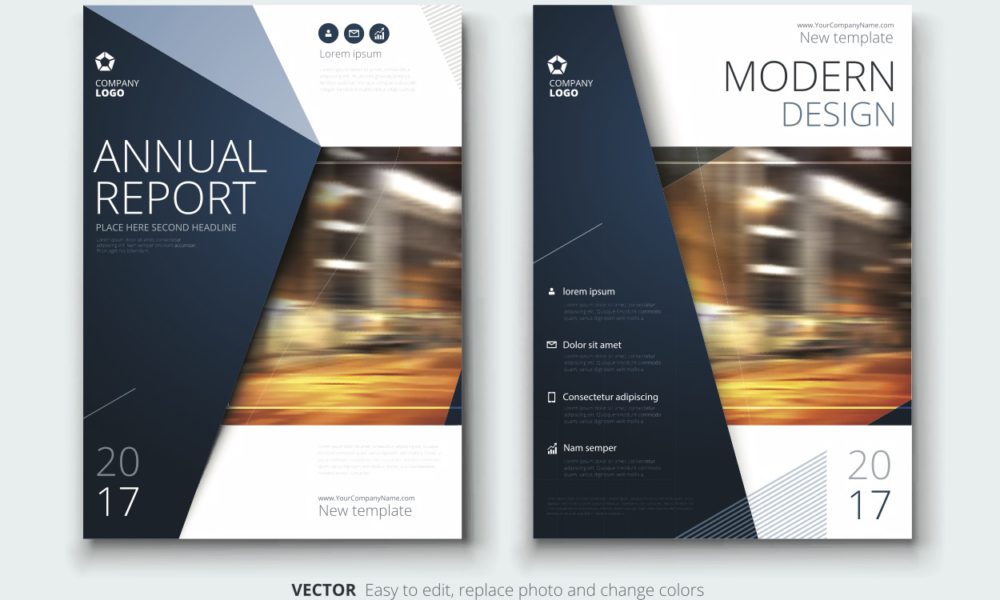All limited companies are obliged to produce an annual report. But what happens to the annual report once it is published? Who reads it and why? And to whom is the annual report addressed? For whom is it really written, and how is it graphically designed? The Annual Report research theme is investigating many issues during its period at the Pufendorf Institute.
– On first impression, our choice of research field could seem strange, explains Henrik Rahm, associate professor at the Centre for Languages and Literature, Lund University, and coordinator of the theme. But we find annual reports to be extremely interesting – from several different points of view.
The theme group is investigating the communicative qualities of the annual report, its production, who writes it and who receives it. The purpose of the annual report is also important – what does the document aim to achieve? The group’s work has covered literature studies, workshops and seminars to dig deeper into the subject.
At present, there is no research on the annual report as a whole. What research there is often deals with the financial sections. However, according to Henrik Rahm, the descriptive section of the document is at least as important.
– In the course of our work, it has become increasingly evident that an annual report should not be seen as an objective picture of a company’s performance. We observe various linguistic and writing devices used in presenting the company. This shows how communicative an annual report really is.
According to the group, it is important to highlight this, as many people take it for granted that what appears in an annual report are facts, and because the annual report is often used to attract potential investors and new employees. It is also used in PR contexts and in internal communication.
– What many people don’t know is that the accountant who reviews the annual report really only checks the figures, not the language content.
The group has also investigated the production chain of an annual report. One of their observations is that there is currently a business sector dedicated to designing, printing and composing annual reports and that these documents increasingly resemble magazines or coffee-table publications, in which text, images and design interact to communicate a message to the recipients.
According to Henrik Rahm, this development raises questions about working hours and costs involved in the production of annual reports.
– It is interesting that, nowadays, the production of these documents seems to take a lot of time and money. Especially considering that we do not know very much about who reads annual reports – or whether they are read at all. There are no empirical data or statistics on this.
These issues become particularly important for annual reports produced by public authorities or by the government, as the costs of these are covered by the taxpayer, according to Henrik Rahm.
– This is precisely why we want to shine a spotlight on how communicative these documents are, and that it actually takes a great deal of working hours and costs to produce them.
Through this theme work, the group hopes to generate greater awareness of annual reports, and to trigger both an academic and a societal discussion on the content and production of these documents.
Text: Noomi Egan





